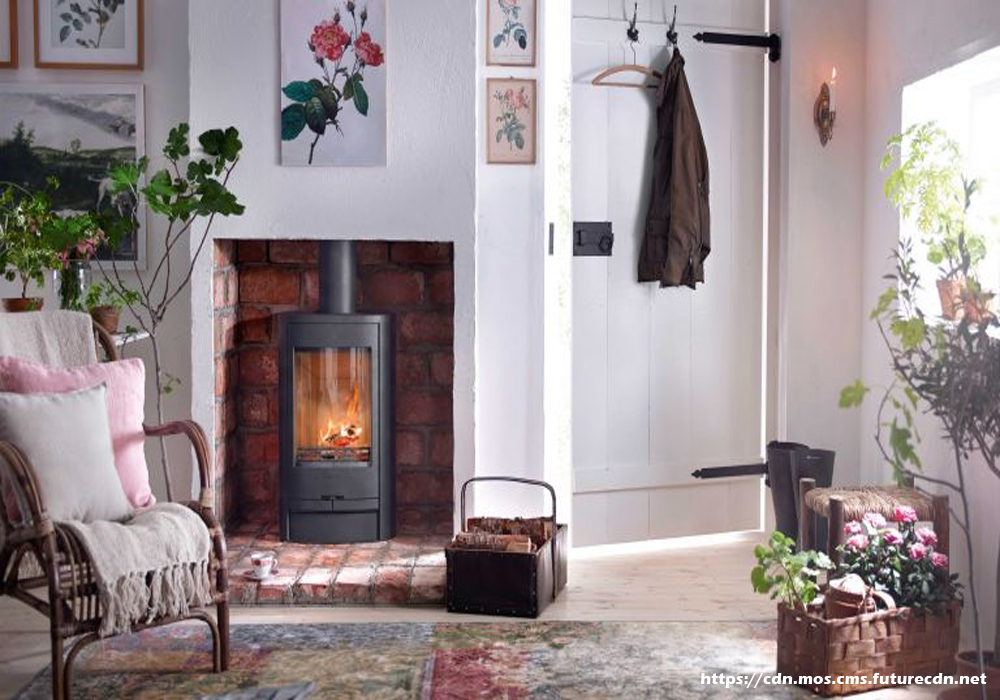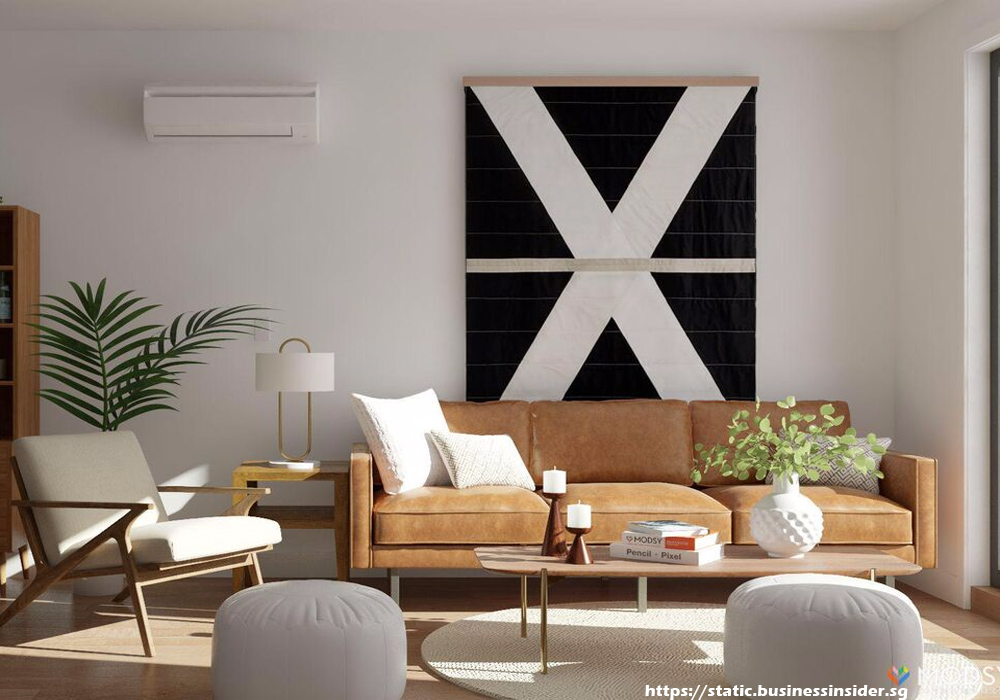
How to Save Thermal Energy at Home
 Heating is one of the most important functions of our home energy. This is why the biggest proportion of energy bills is allocated to our heating. Just like other things in our homes, our ways of using heat can be improved to be more efficient for our homes and especially our money.
Heating is one of the most important functions of our home energy. This is why the biggest proportion of energy bills is allocated to our heating. Just like other things in our homes, our ways of using heat can be improved to be more efficient for our homes and especially our money.
A major amount of things at home require quite a lot of funding to be made environmentally friendly and energy/money efficient – however, there is also a great number of things you can do to ensure the efficient use of your home energy that cost you absolutely nothing but a bit of time and patience. Why is it that our heating bills can be so much higher than, for example, our neighbors, even though our houses are roughly of the same size, and use the same amount of heat?
The answer to this is simple – bad insulation; …
How to Save Thermal Energy at Home Read More

